5:30 AM: alarm, alarm!
Just when you’re deep in the land of nod, the comfort and serenity of Guillaume is shattered by the true landscapers blight on the world, an early morning wake-up call. Odonata are so much more civilized, not stirring until the day is well and truly underway (though I have seen them at 6:00 AM in Cambodia after another early morning photographic stint). If the weather is inclement, they don’t bother stirring at all. I can see why I’m attracted to them. 😉 Actually, landscape photography and Odos go well together – landscapes at dawn and dusk, Odos in the middle of the day.
Francine seemed to need encouraging to leave the sack so I duly encouraged her. After all, there’s no point having ones slumber disturbed for no good reason. Get out there, woman! There was, indeed, a sunrise and, since this was to be the only sunrise or sunset of the week, she really shouldn’t miss it.
Eventually I arose, made a cup of Booths coffee, then set off to find her. My leisurely start had meant that by now Francine was on her way back complaining that her views had been facing in the wrong direction. Hey ho.
As forecast, our only sunrise of the week soon collapsed into another morning of rain so we had another saunter out of the campsite to Booths. I am used to wanting to carry home food from foreign places but wanting to take stuff away with me from the north-west of England is a new experience. My main requirement was, it has to be admitted, the best Spanish chorizo I’ve tastes outside of Spain, possibly even inside of Spain. Other interests were a little more local, being some local cheeses and some rose veal sirloin for a home-coming dinner.
 After a little debate as to how best to use the cloudy afternoon, we set off down Borrowdale for Honister Pass, once again. The attraction here was a collection of ice age boulders/rocks strewn beside the road. The rock in this picture looked about the size of a small tank. I’m not sure if this is a correct differentiation but I can’t quite refer to such angular rocks as boulders; somehow boulder sounds a more rounded object. Is that just me?
After a little debate as to how best to use the cloudy afternoon, we set off down Borrowdale for Honister Pass, once again. The attraction here was a collection of ice age boulders/rocks strewn beside the road. The rock in this picture looked about the size of a small tank. I’m not sure if this is a correct differentiation but I can’t quite refer to such angular rocks as boulders; somehow boulder sounds a more rounded object. Is that just me?
 Anyway, the rocks and tumbling water of a roadside stream amused Francine for an hour or so, while I was more taken by a couple of uncooperative small birds and this rather amusingly coloured sheep, which reminded me, to quote an old I’m sorry I’ll read that again radio programme from yesteryear, of “Jacob’s goat of many colours”. Should make an interesting jumper when it’s knitted up. 😀
Anyway, the rocks and tumbling water of a roadside stream amused Francine for an hour or so, while I was more taken by a couple of uncooperative small birds and this rather amusingly coloured sheep, which reminded me, to quote an old I’m sorry I’ll read that again radio programme from yesteryear, of “Jacob’s goat of many colours”. Should make an interesting jumper when it’s knitted up. 😀
 When our rocking came to an end, we rolled off to Surprise View just beyond Ashness Bridge. Surprise View sounds as though it was named by a 9-year-old in the tourist office and looks out over Derwent Water with Bassenthwaite Lake visible in the far distance. The light was, of course, its usual pants self so a regular tourist snap is about all that was possible.
When our rocking came to an end, we rolled off to Surprise View just beyond Ashness Bridge. Surprise View sounds as though it was named by a 9-year-old in the tourist office and looks out over Derwent Water with Bassenthwaite Lake visible in the far distance. The light was, of course, its usual pants self so a regular tourist snap is about all that was possible.

 Less than gobsmacked, we headed on up the single track road for a reprise of Watendlath, which Francine found much more appealing, where we waited patiently for some beneficial light to put in an appearance. It’s at least a very tranquil place to wait; at least, it was tranquil once the Mercedes people carrier departed complete with its radio and three of Satan’s Little Disciples. The beneficial light is on the right, aided by the Big Stopper treatment; predating the beneficial light, most of the hamlet is on the left. 🙂
Less than gobsmacked, we headed on up the single track road for a reprise of Watendlath, which Francine found much more appealing, where we waited patiently for some beneficial light to put in an appearance. It’s at least a very tranquil place to wait; at least, it was tranquil once the Mercedes people carrier departed complete with its radio and three of Satan’s Little Disciples. The beneficial light is on the right, aided by the Big Stopper treatment; predating the beneficial light, most of the hamlet is on the left. 🙂
That’s it, then. After some debate and mind-changing, we head home tomorrow morning on what is probably going to be the driest day we’d have had, complete with a few spells of sunshine. Oh well!
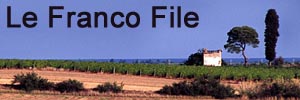

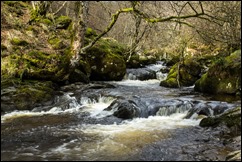
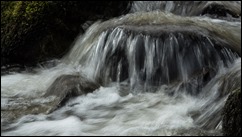
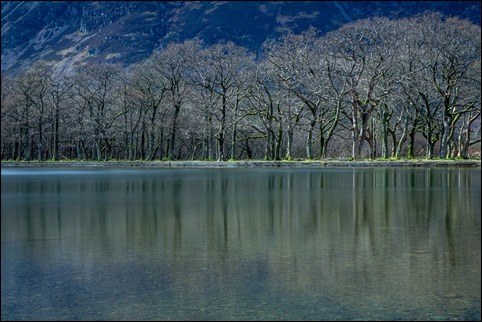

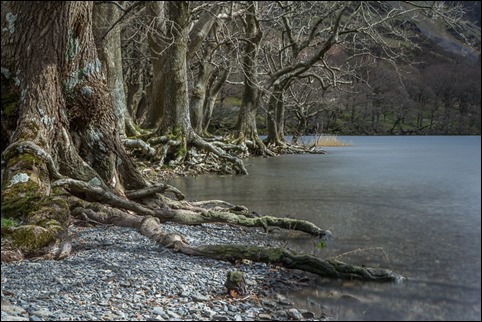


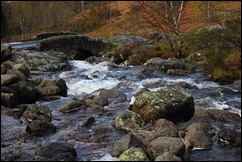

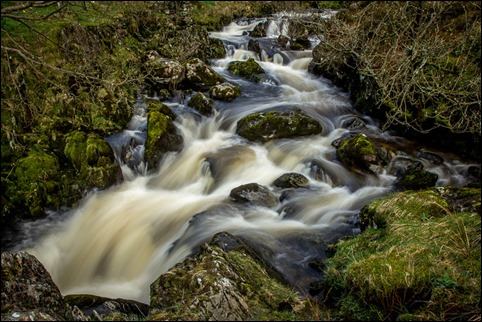
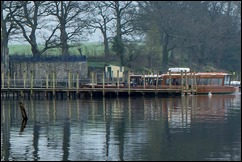
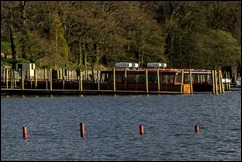
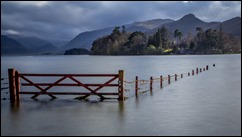
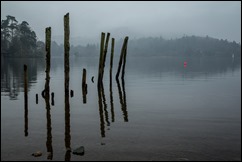
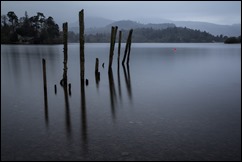
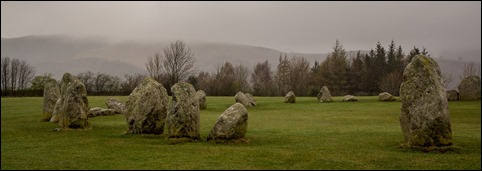











Recent Comments